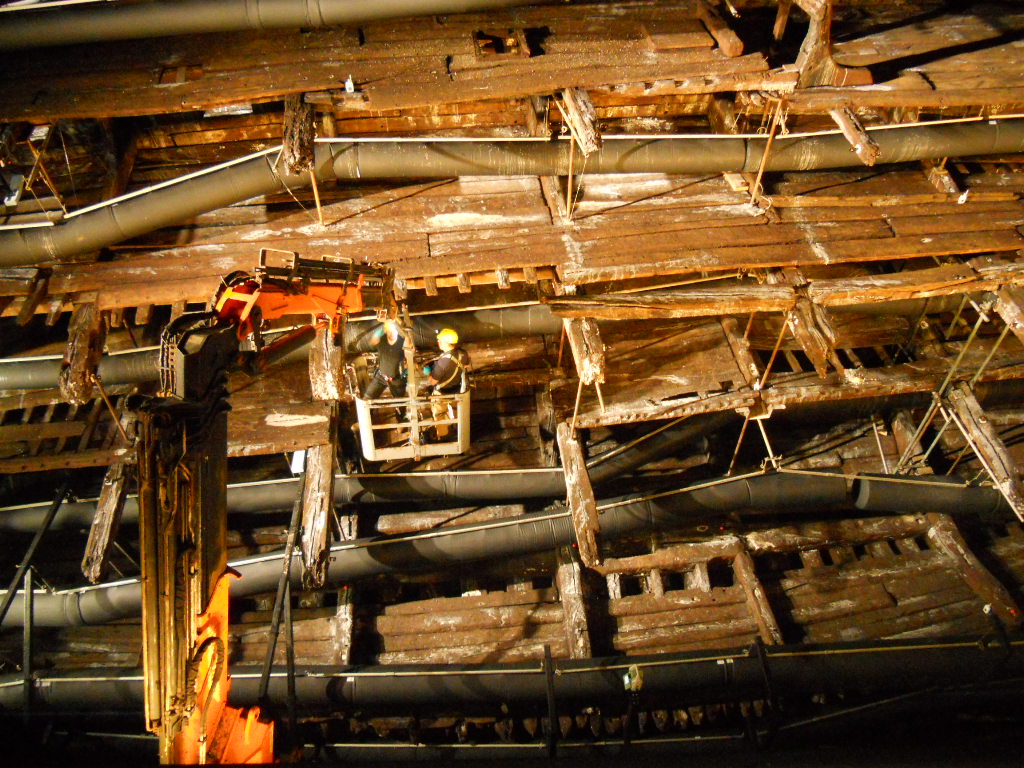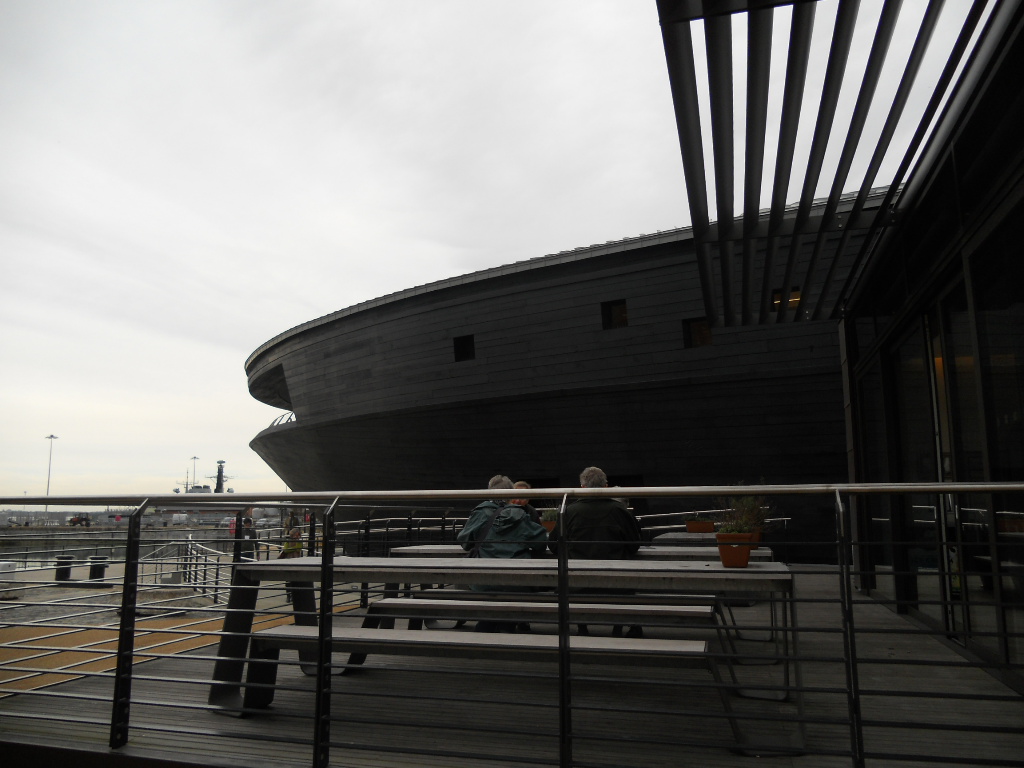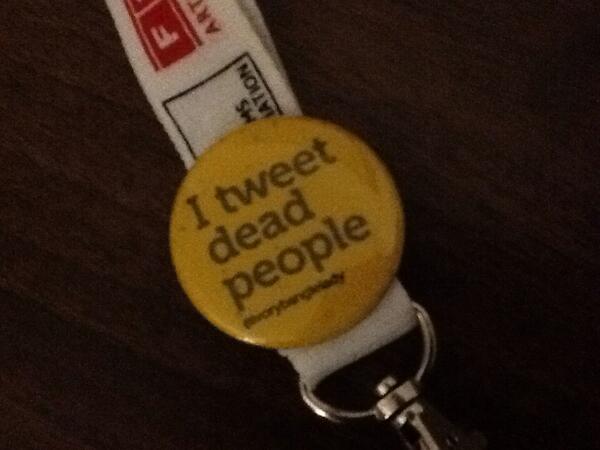This post is a little delayed (partially by going to Liverpool for the Museums Association Conference 2013). The week before my sojourn to Liverpool I was at a conference in Portsmouth hosted in the fabulous new Mary Rose Museum. The Society for Museum Archaeology promotes the interest of archaeology in museums across the UK and their annual conference is a great way to debate current issues and learn about new projects. This year’s theme was ‘What’s the Big Picture?’ with experts from around the UK talking about big projects and big ideas.
The day started with an introduction to the Mary Rose Museum and tours from the curators. It is a truly amazing piece of interpretation and it will get its own blog post review in the near future. The boat theme continued with talks on the Newport Medieval Ship from Toby Jones and Ian Panter discussing his work conserving eight (!) log boats for York Archaeological Trust. Following this the keynote came from Simon Thurley (head of English Heritage) and provoked a lively debate which continued on into the conference meal.
The second day of the conference kicked off with an introduction to the Creswell Crags collecting project and then to Brian Graham’s artwork. The picture element of the conference title was continued in Mark Hall’s discussion of interviews with artists who use archaeological sites and objects as inspiration. We also heard about the Pompeii and Herculaneum exhibition at the British Museum from Senior Curator Paul Roberts.
The most shocking event of the conference came next when “somebody” took his shirt off… it’s OK he was showing off the art and archaeology inspired t-shirt underneath and waxing lyrical about art in archaeological museums. The conference then moved into the slightly more serious annual ‘State of the Nation’ session in which we got updates from Scotland, Wales, Arts Council England and The Council for British Archaeology. I’m personally looking forward to seeing the redevelopment at St Fagan’s National History Museum, Wales my childhood museum.
Following that David Dawson talked about the Wessex Museums Partnership and strategies for making local authorities plan for archaeological archiving. That reminds me that I should flag up the recent opening of their new prehistory galleries. Another one for the planner followed that talk: the still pretty new Experience Barnsley complete with recently repatriated archaeological collections from regional museums.
The conference ended with the AGM in which we bade farewell to some extremely hardworking committee members. Eagle eyed readers will also have noted that the name has changed from the Society of Museum Archaeologists to the Society for Museum Archaeology and this reflects a redrafting of the constitution. Finally, I should probably announce that I am the new Training Officer. If my account of the conference has sparked off any ideas please get in touch!









